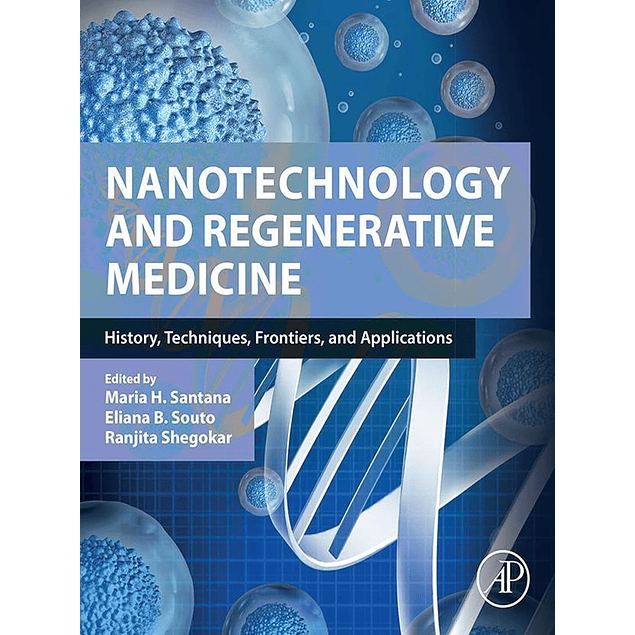by Maria H. Santana, Eliana B. Souto, Ranjita Shegokar
"Cell niches are present in several human body tissues as a dynamic microenvironment essential to modulate stem cells’ behavior in health, under injury, and in regenerative processes. The interplay between stem cells and their niche is necessary for sustaining tissues. The extracellular matrix (ECM) is the crucial component of the stem cell. It defines the architectural space, physical binding to the cell membrane, and interactions with the neighborhood cells and supports physical stress. Domains with nano or micrometric sizes define the surface and topology of the ECM, mediating cell interactions and macrophage recruitment to injured sites.
Over the last two decades, the integration of biomedicine with other engineering and biomaterial sciences promoted the development of nanotechnology and regenerative medicine toward mimicking the specialized stem cell niches to treat diseases with less invasive and efficient therapies. Innovative approaches in nanotechnology, such as targeting the immunological system, transporting drugs across blood–brain/BBB and blood–retinal barriers/BRB, directing active moiety to specific disease location/organs, encapsulation of multiple components, and promoting signalization and pathway-specific surfaces for cell interactions and growth, are indeed promising. On the other side, developments of biomaterial scaffolds to mimic the cell niches for interactions with stem cells in vitro or in vivo have tremendous potential.
The three-dimensional printing technology offers a base for a wide array of applications, for example, developing tissue constructs, mimetic organs, organoids, and organ-on-a-chip, thus avoiding the differences between animal model species and humans. Aiming closer to the natural environments, fresh autologous products from the blood, such as platelet-rich plasma (PRP), contain platelets and leukocytes, providing growth factors, cytokines, and proteins for the resident stem cells in the stages of regeneration. PRP also provides pain relief, reducing disabilities in elderly or diseased people. This book brings thought-provoking multidisciplinary topics on the diverse aspects of basic and applied sciences. The prime focus of the compilation is to understand the challenges researchers encounter in combining nanotechnology and regenerative medicine, ultimately integrating both disciplines for the benefit of the patient and offering them a ray of hope to be cured.

